If someone wants to make brunch plans with me, usually all they have to say is "oysters and mimosas," and I'm there.
But there's recently been some discourse surrounding oysters that's made me a bit more apprehensive about ordering the tasty mollusks. There's a deadly bacteria found in oysters, as well as the waters they inhabit, that has led to at least four deaths and one hospitalization in the United States this summer.

Two people in Connecticut died from a bacterial infection after swimming in the Long Island Sound, one Connecticut resident was hospitalized after eating raw oysters, and another person in New York died in July following their consumption of oysters, according to People Magazine and CNN.
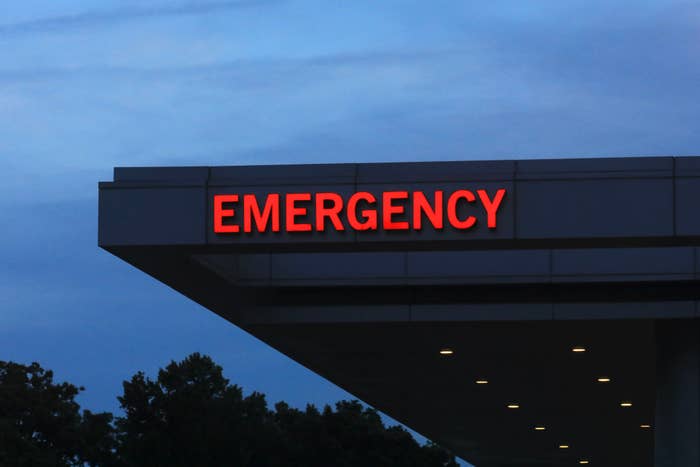
I reached out to this creator — aka Dr. Alexander Thomopulos, a resident of Mount Sinai South Nassau’s Internal Medicine Residency and social media educator at @medicineandfood.fam, for more information on Vibrio vulnificus and its relation to oysters.

Dr. Thomopulos told BuzzFeed that Vibrio vulnificus is an "aerobic bacteria that lives/exists in saltwater marshes/wetlands, river estuaries, or coastal areas. It can cause serious wound infections, GI infections, and bacteremia (blood-stream infection), with any of those leading to sepsis. Infections due to V. vulnificus can occur in anyone, but more commonly in people who have chronic, underlying illnesses such as diabetes mellitus, rheumatoid arthritis, thalassemia major, chronic renal failure, and lymphoma. People with liver disease — i.e. cirrhosis, chronic hepatitis, hereditary hemochromatosis — are at the greatest risk."
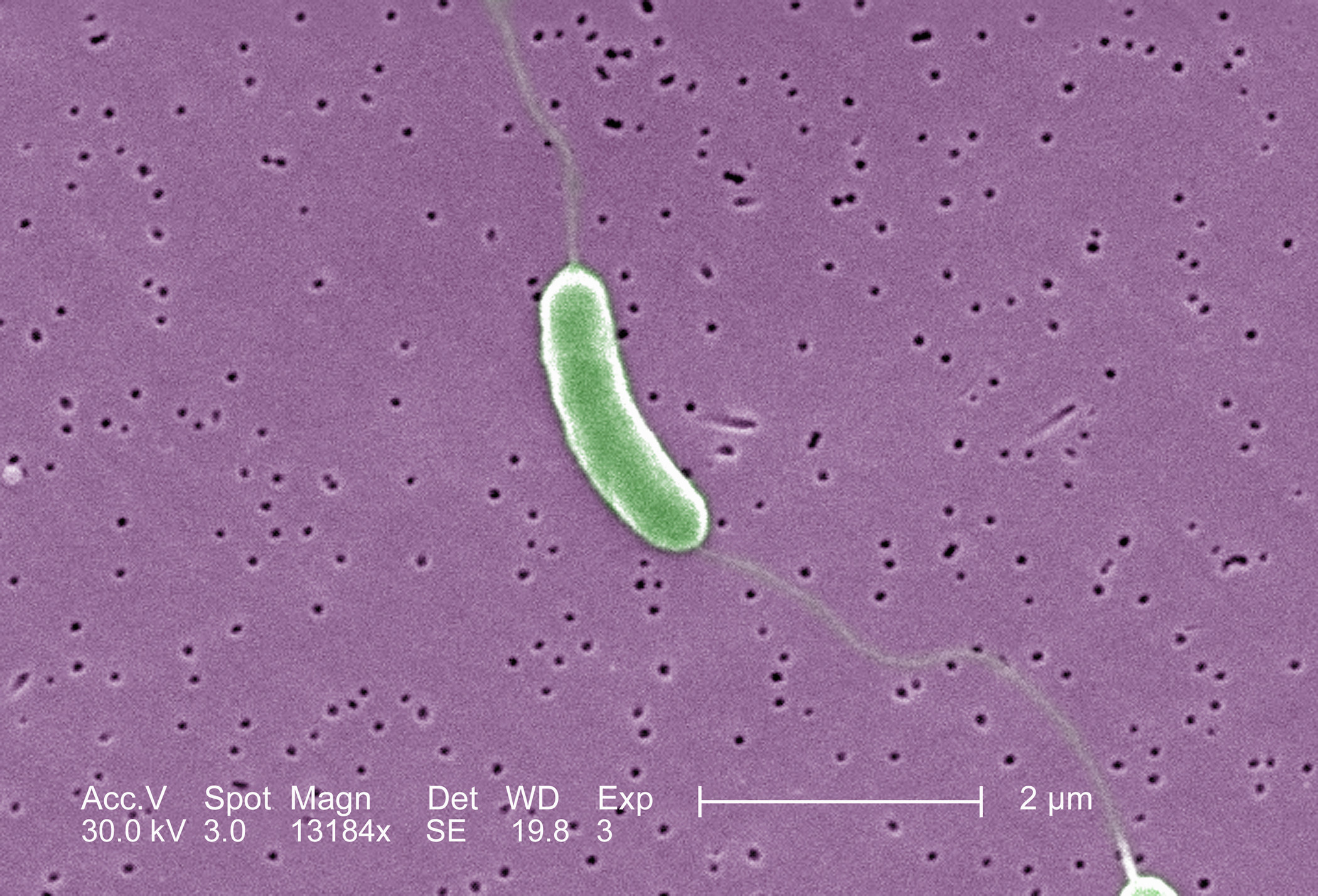
You're probably wondering, "Why oysters?" Dr. Thomopulos said it's because they "concentrate bacteria and likely carry more V. vulnificus than the surrounding water. Basically, this means it is generally everywhere; in the water, soil/sediment/mud, seaweed, and therefore, most highly-concentrated in oysters, since they are filter feeders and draw in water and macro and micro particles from their surroundings. Vibrio will be most prevalent/populous during summer and fall, when water temperatures are highest. The saltier the water, the more vibrio there may be, and vice versa."
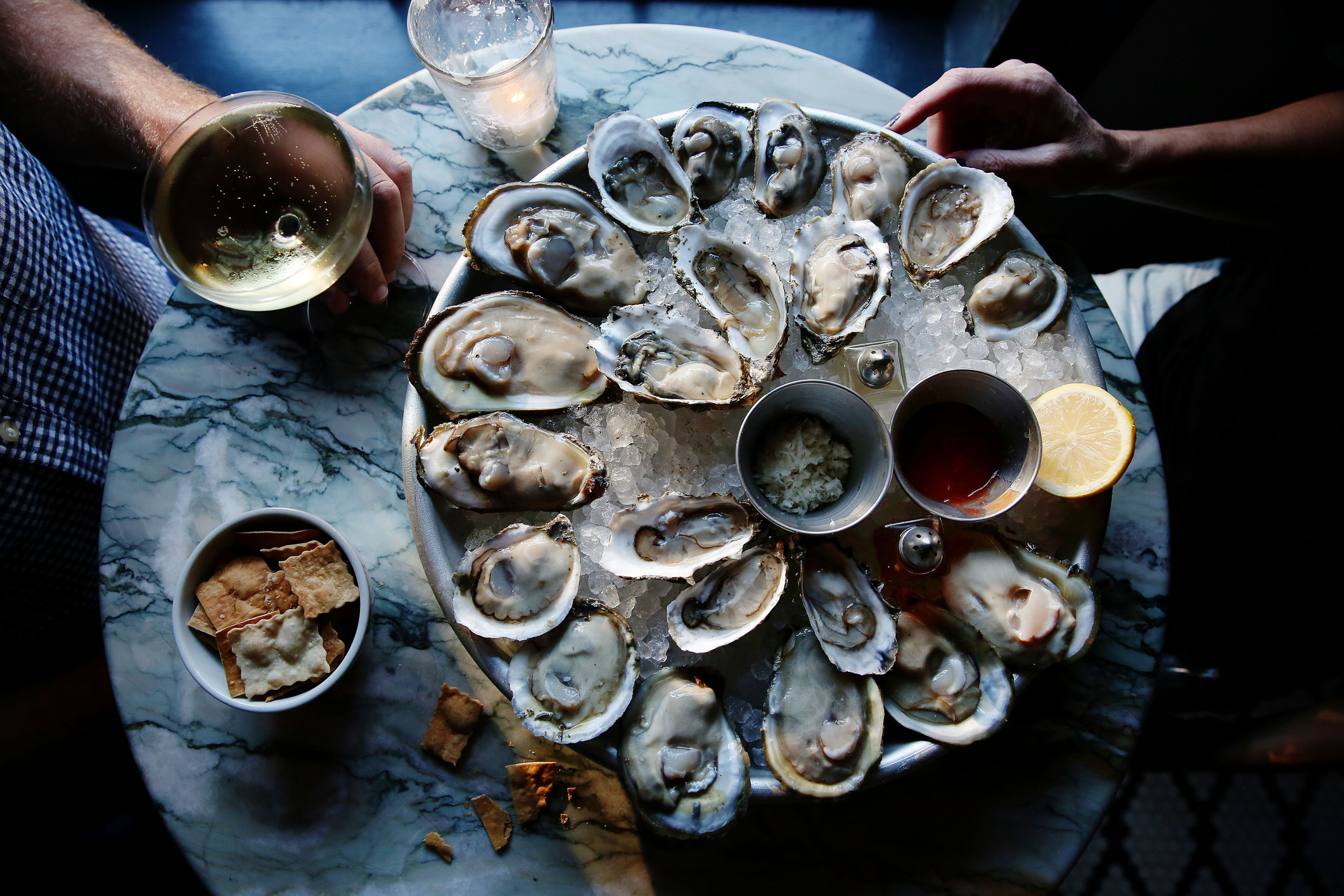
The CDC estimates that the bacteria causes 80,000 illnesses and 100 deaths each year in the United States — remember, this includes the people who contract it from an open wound. "About 52,000 of these illnesses are estimated to be the result of eating contaminated food," the website says. According to the National Institutes of Health, Vibrio vulnificus infection is the leading cause of seafood-related fatalities in the United States.
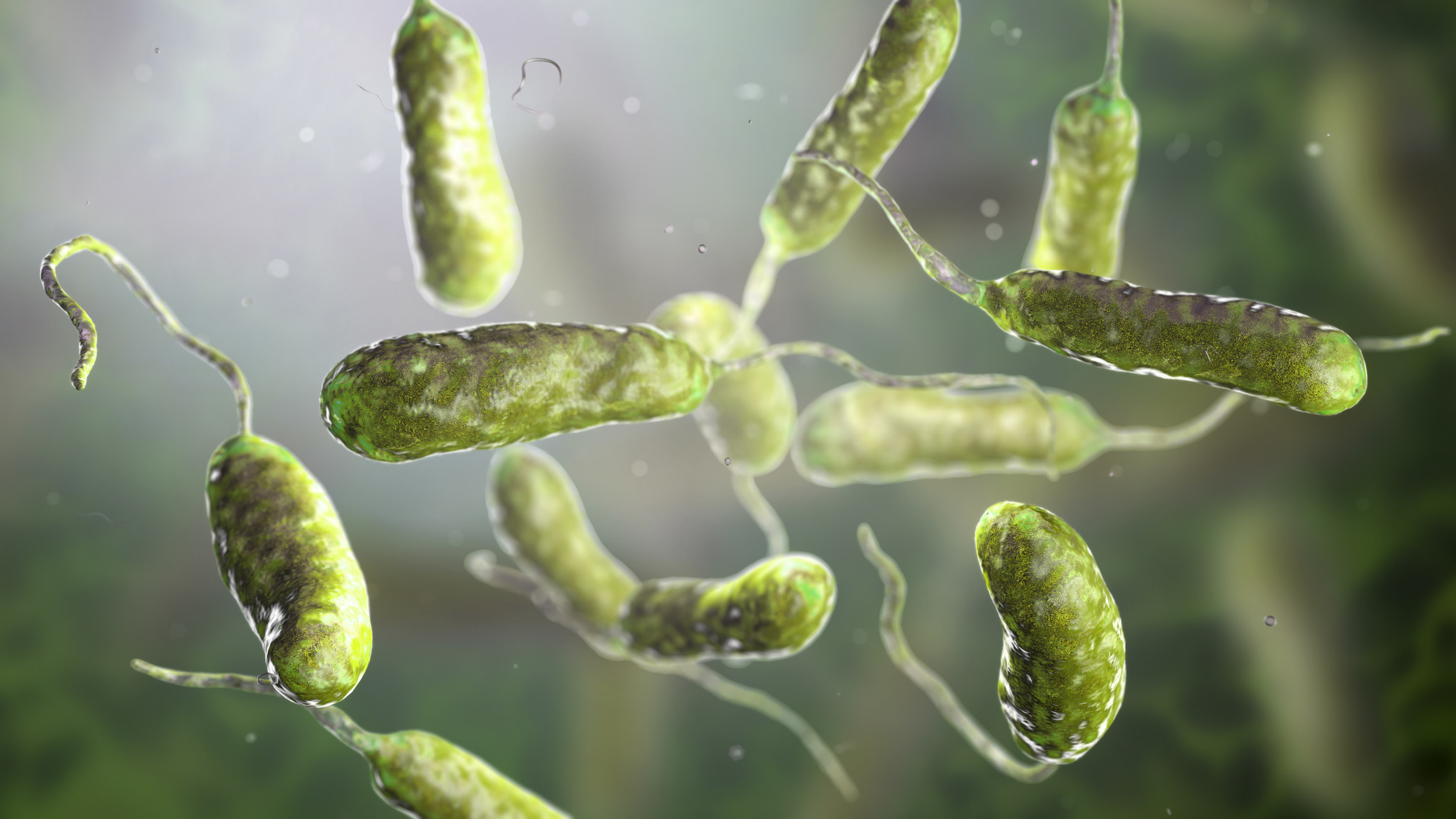
Dr. Thomopulos said the symptoms of Vibrio vulnificus include malaise, fever, nausea, vomiting, diarrhea, and swelling/redness/warmth of an area of skin/limb. The limb symptoms could be a sign of "necrotizing fasciitis" — a "bacterial infection that affects the tissue under your skin called fascia. It’s treated with antibiotics and surgery to remove damaged tissue," according to the Cleveland Clinic. Apparently, this is referred to by some people as the "flesh-eating disease."
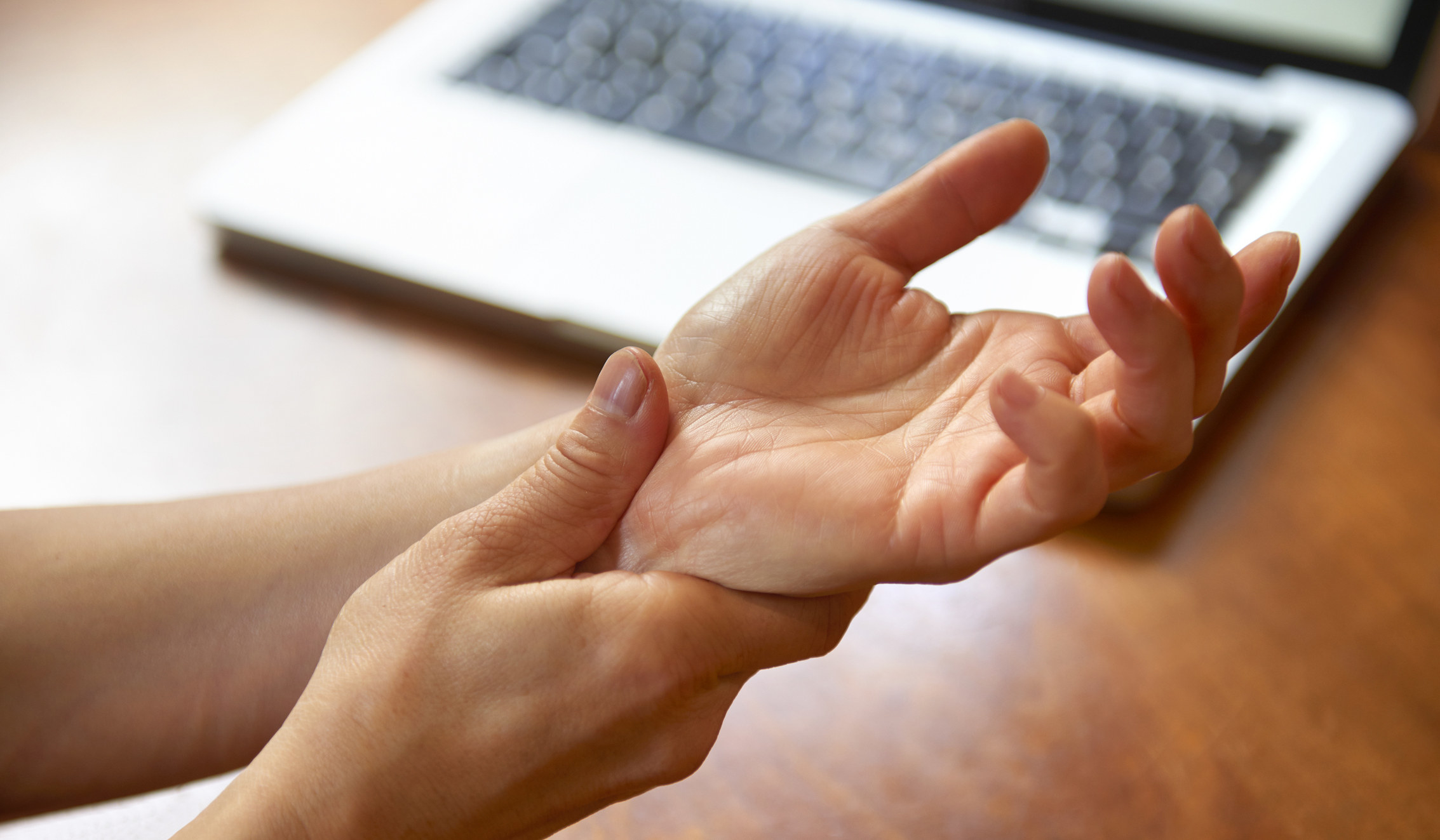
This obviously freaked me the hell out, so I asked the doctor how common it is for medical professionals to see this. "It's generally rare, but an emergency physician or trauma surgeon around the Chesapeake Bay will see it far more than the once or twice in a lifetime event of an emergency physician in the Midwest," he said. This is because Vibrio vulnificus is most prevalent in brackish coastal waters — aka bodies of water that have more salt than freshwater, but not as much as seawater.

And in case you were wondering if global warming has an impact on Vibrio vulnificus... Yes. Yes it does. A study in the Scientific Reports journal found that there has been an increase of infections in more northern locations, like the Delaware Bay, due to warming coastal waters.

When it comes to medical intervention for Vibrio vulnificus, Dr. Thomopulos said, "Treatment in mild to moderate cases of patients without co-morbidities or underlying risk factors includes local wound care plus or minus oral antibiotics. ... In moderate to severe cases and in patients with underlying risk factors/co-morbidities, ICU or intermediate care unit admission with IV antibiotics plus or minus surgical debridement (cleaning and disinfecting infected areas and removing dead/non-viable tissue). ICU or intermediate care unit will allow for closer monitoring to not only help prevent deterioration, but catch it faster so that more aggressive interventions can be initiated (surgery for necrotizing fasciitis) and more aggressive supportive care (pressors for hypotension/septic shock, medication drips, etc.)."
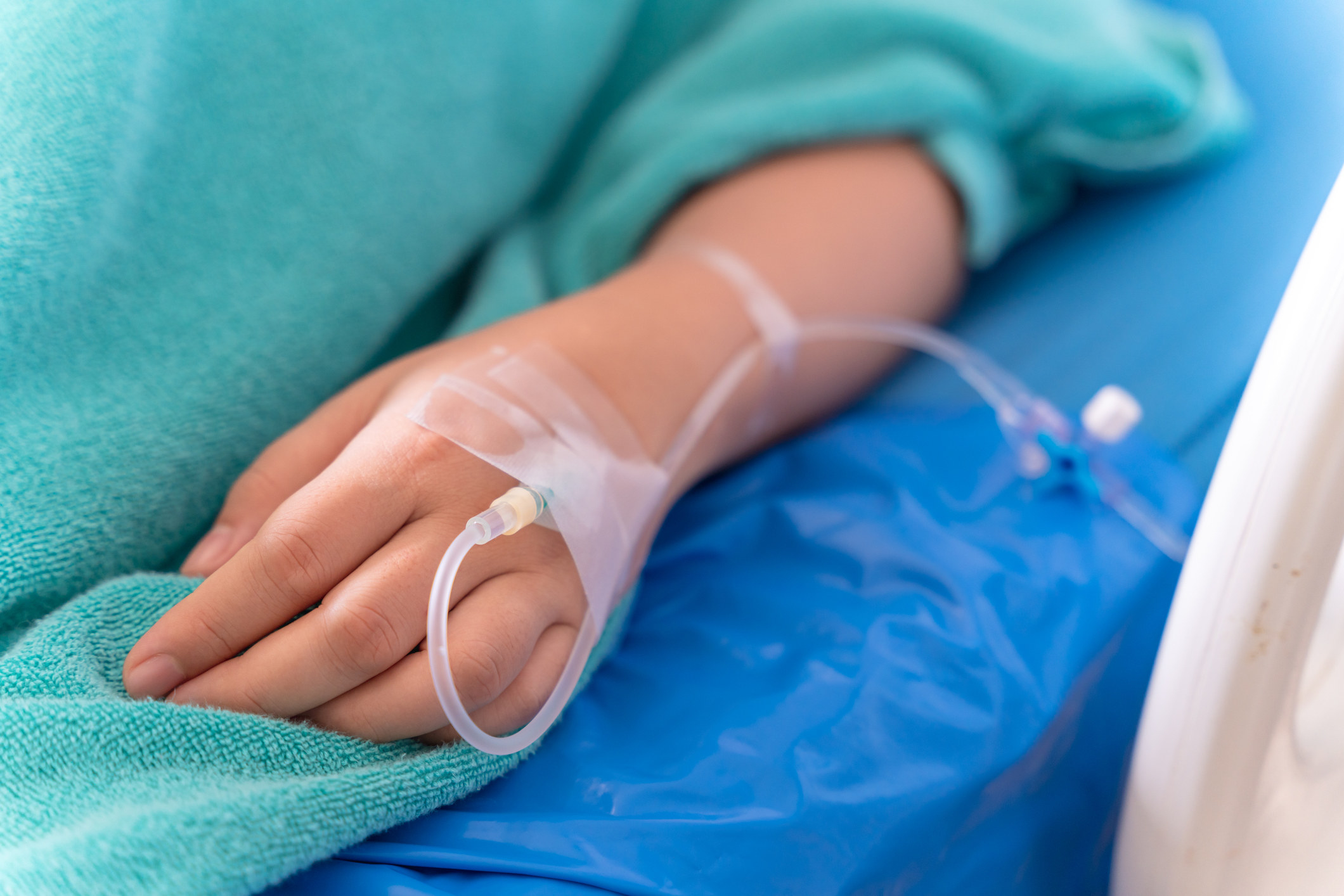
I asked Dr. Thomopulos how to know if you need serious medical attention; he said, "If you have eaten any raw seafood including oysters and get nausea, vomiting, or diarrhea, notify your primary doctor or go to urgent care to help evaluate if you have routine food poisoning or vibrio infection. If you get a tattoo, acupuncture, or anything else that may have caused a skin break, and get redness, swelling, pain around an area after getting into coastal water around the summer or early fall, go to your primary doctor or urgent care. If you are a person with any of the co-morbidities/underlying conditions mentioned above, skip the primary care doctor and urgent care and go to the emergency department."
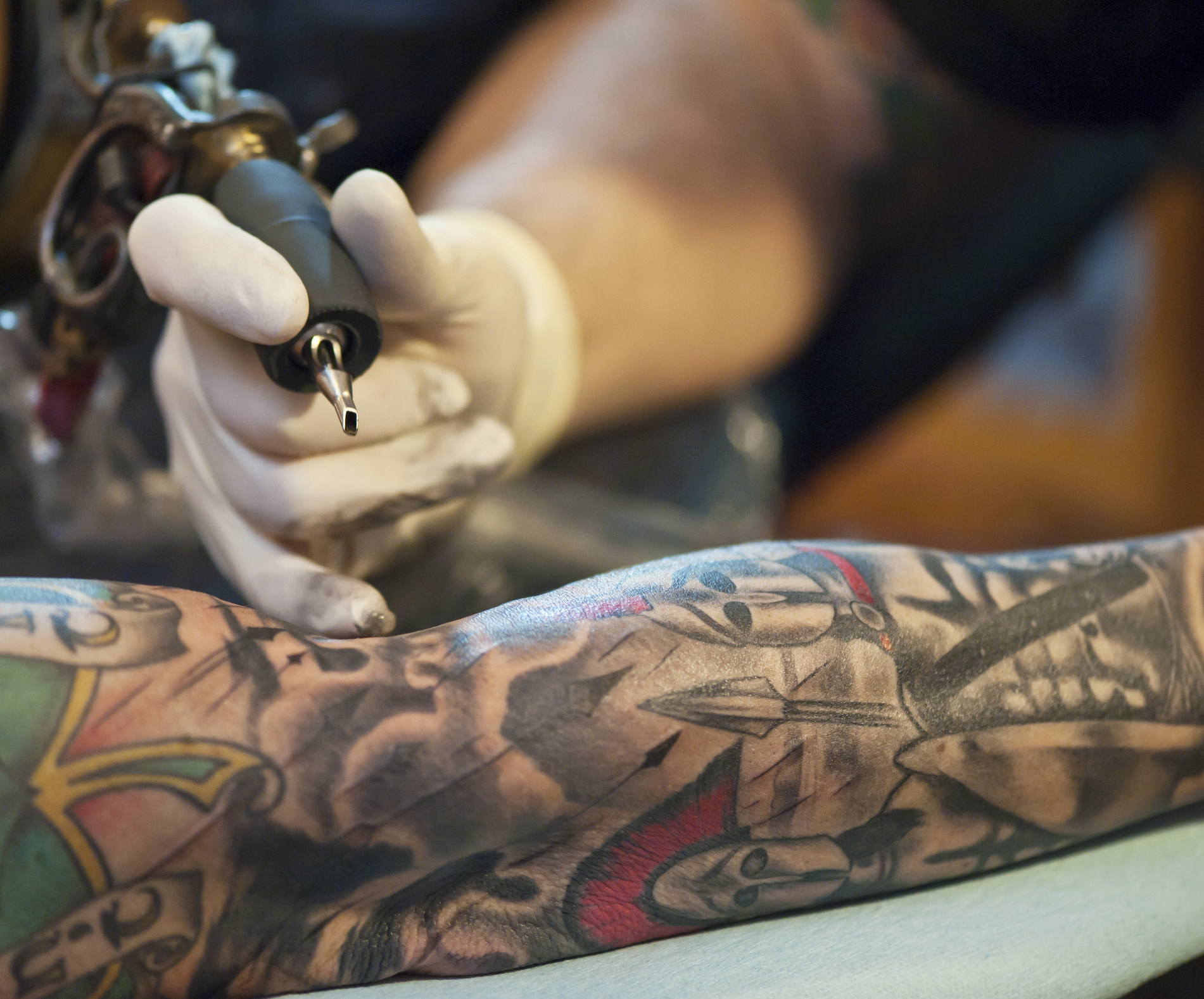
According to the CDC, the guidelines for reducing your chances of infection are as follows: Don't eat raw or undercooked oysters or other shellfish, separate your cooked seafood from raw seafood to avoid cross-contamination, wash your hands after handling raw seafood, stay out of both saltwater and brackish water if you have a wound or fresh piercing/tattoo, and wash your wounds carefully if they came into contact with saltwater, brackish water, or raw seafood and its juices. "An oyster that contains Vibrio doesn’t look, smell, or even taste different from any other oyster. You can kill Vibrio in oysters and other shellfish by cooking them properly," the website states.

